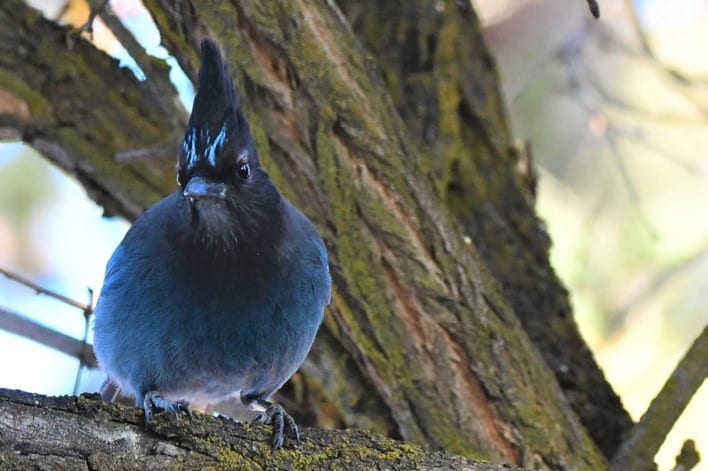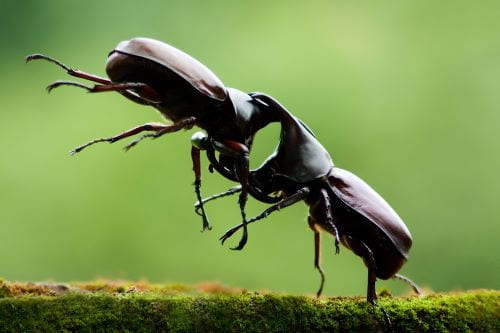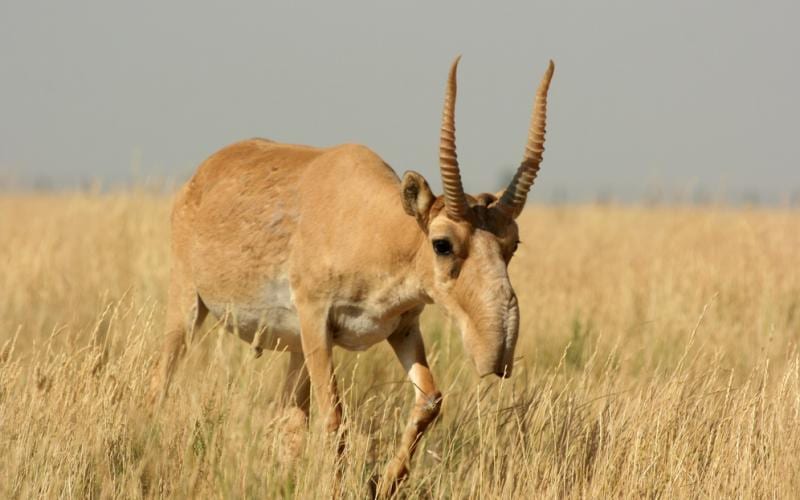The sea-level of the Indian Ocean is rising at a rate and magnitude nearly twice the global average, but insufficient data records have stood in the way of understanding this strong response to climate. In a study recently published in Nature Geoscience, ASE/EOS researchers Dr Kyle Morgan, Research Assistant Ke Lin, A/P Xianfeng Wang and Keven Roy together with colleagues from Canada, Australia and New Zealand tracked relative sea level change on coral atoll islands in the Maldives over the past two millennia.
Forest fragmentation hits wildlife hardest in the tropics
Human development, land conversion, fire and storms are causing the forests worldwide to become increasingly fragmented, to the degree that 70% of the Earth’s remaining forest is within 1 kilometre of a forest edge today. The world’s most intact forest landscapes are found in the tropics, but fragmentation of tropical forests is predicted to accelerate over the next decades.
NUS High school students do project on control of germination in tropical fruits with the Asian School of the Environment
The Science Mentorship Program allows groups of high school students to do small research projects at universities in Singapore. Harini Manivannan, Hong Ying Ying and Wai Yan Aung from NUS High School of Math and Science took the opportunity to do a study with the Asian School of the Environment.
MOE Tier 2 grant to Assoc Prof Xianfeng Wang: Predicting future monsoon patterns through cave proxy of past rainfall variation
It is hard to underestimate the importance of the Asian monsoon; the world’s largest weather system, affecting almost half of the world’s population, and the base of food security and water supply in Southeast Asia, large parts of China and beyond. With climate change comes more frequent high intensity downpours during the wet season, and the monsoon season also becomes more difficult to predict.
Resilience to environmental change depends on mating strategy in Borneo dung beetles – new study by ASE Asst Prof Eleanor Slade
Global study of world’s most abundant creatures published today in Nature
What is the most abundant animal on the planet? Some may guess mice, or perhaps ants. A simple Google search will give you the answer – it’s nematodes, small worms also called eelworms. There are 440 billion of them and they exist in all of the Earth’s ecosystems (notably in soil, but also in water and as parasites in animal bodies). Still, because of their microscopic size most of us have never seen, and will never see, one. But they play a critical role in the cycling of carbon and nutrients in ecosystems, and are essential to understanding biological activity in soil. Read more
Surprisingly high consumption of “antelope horn” products from critically endangered saiga antelope in Singapore
A recent study by ASE’s Asst Prof Janice Lee and colleagues found that traditional Chinese medicine (TCM) products containing horn from the critically endangered saiga antelope are consumed by as much as 19% of Singapore’s Chinese population.






